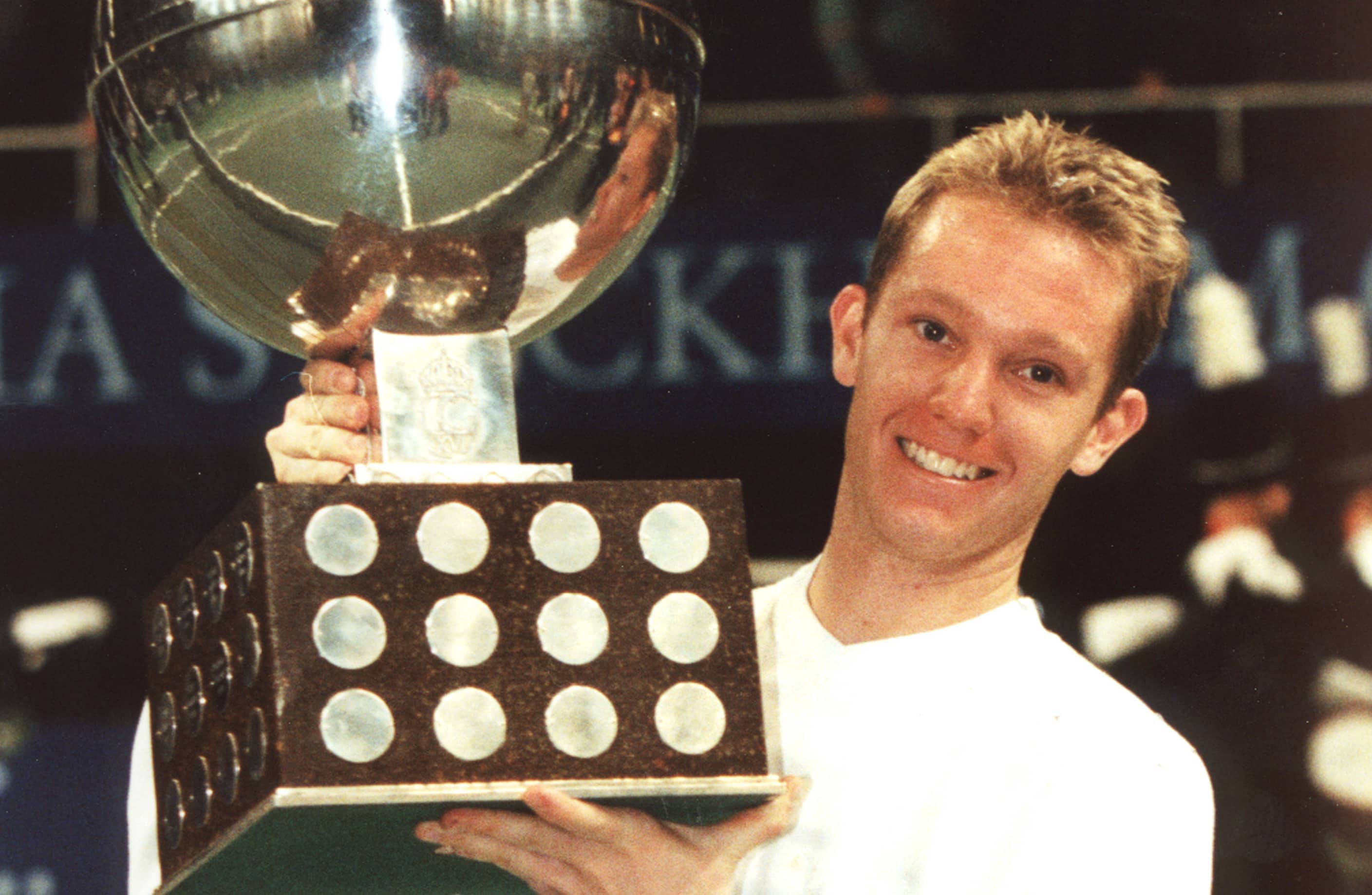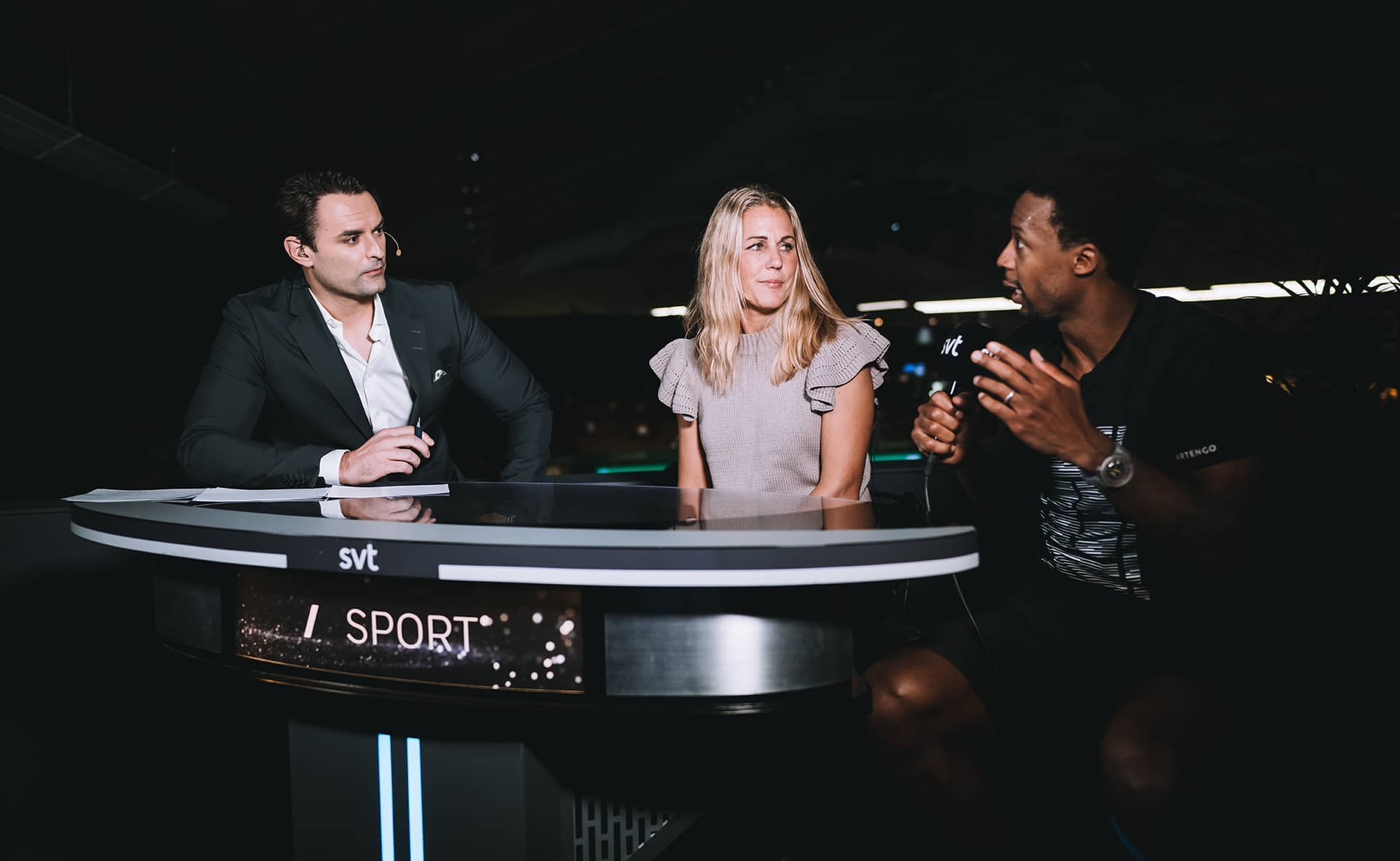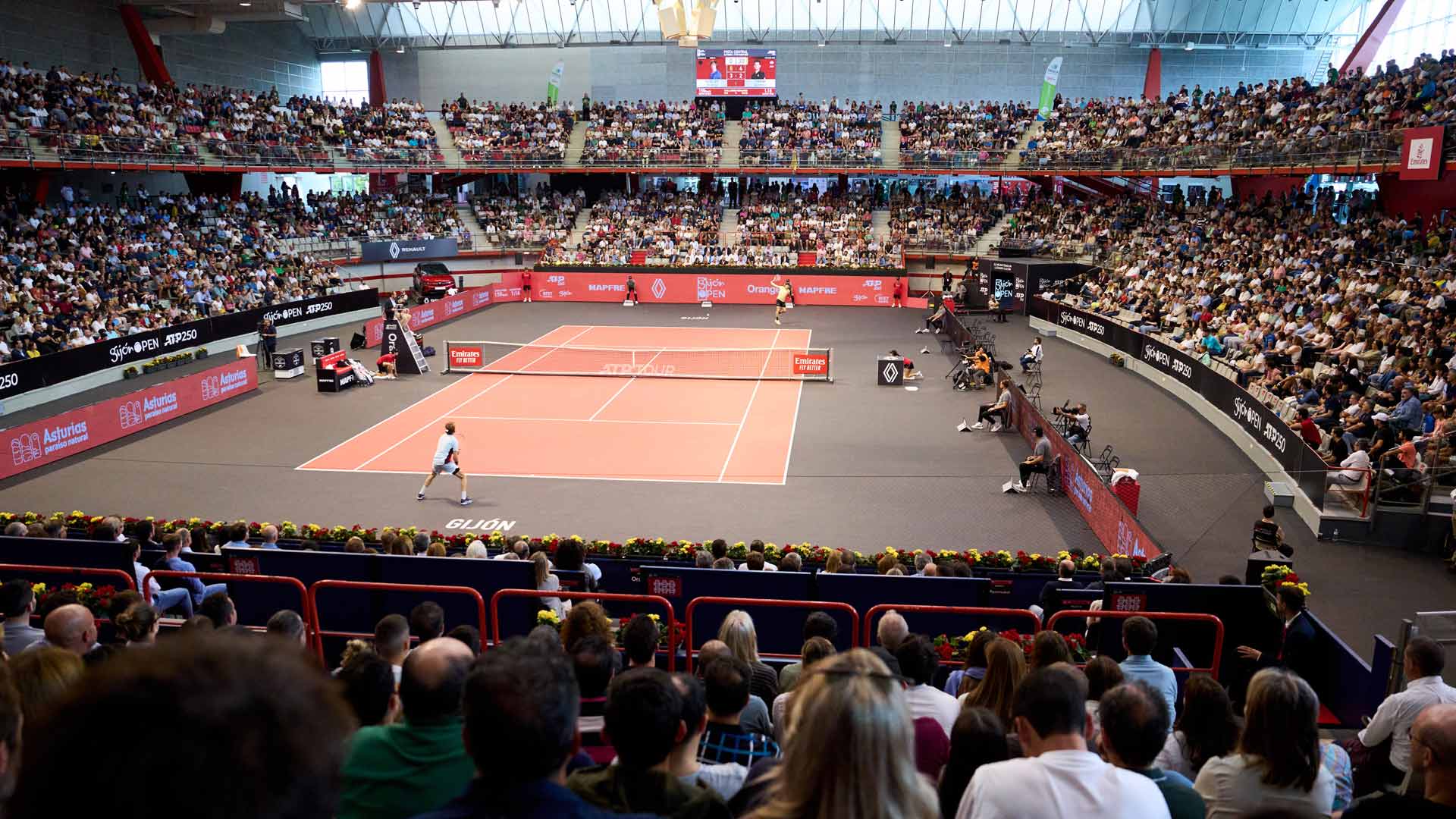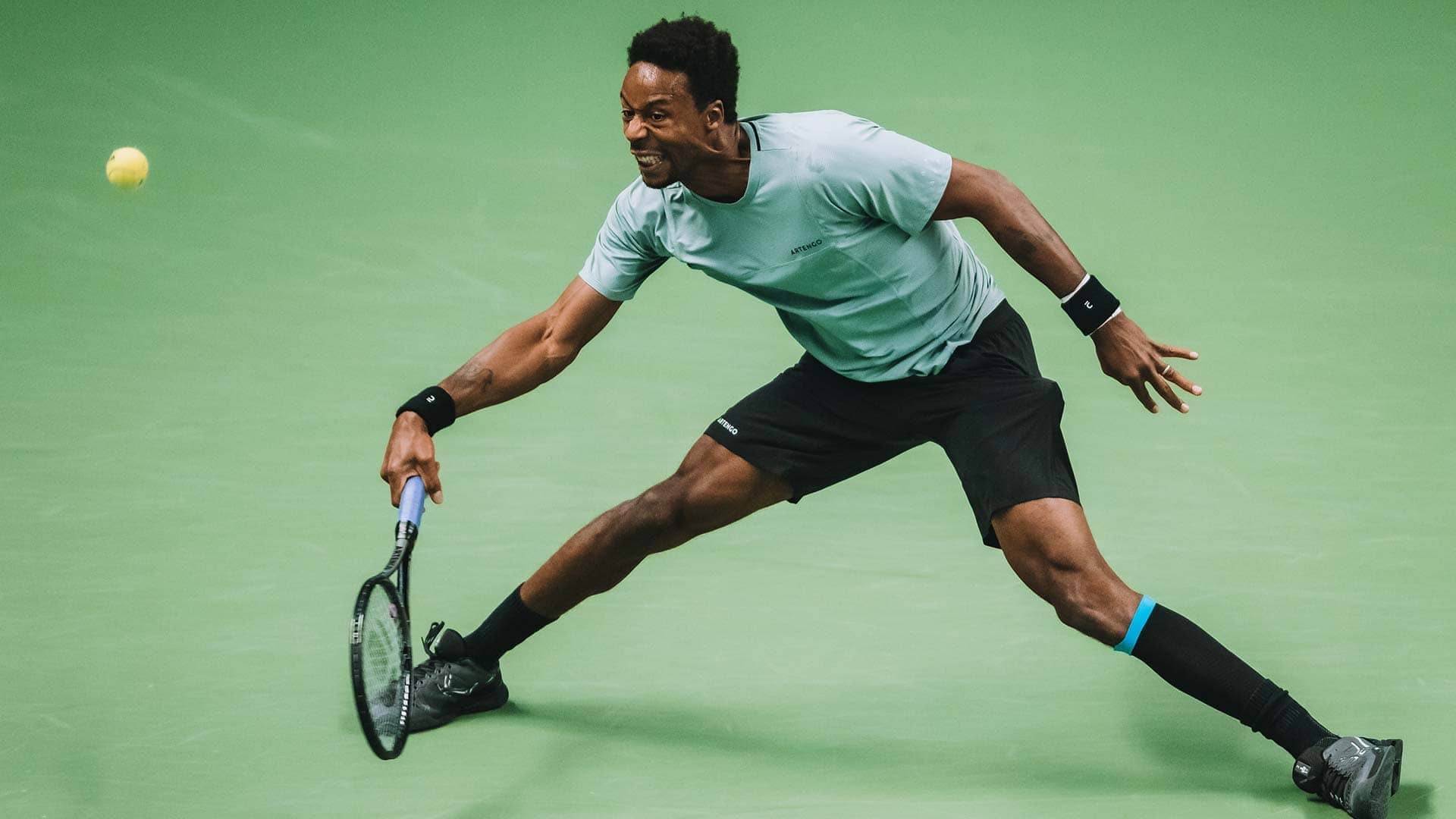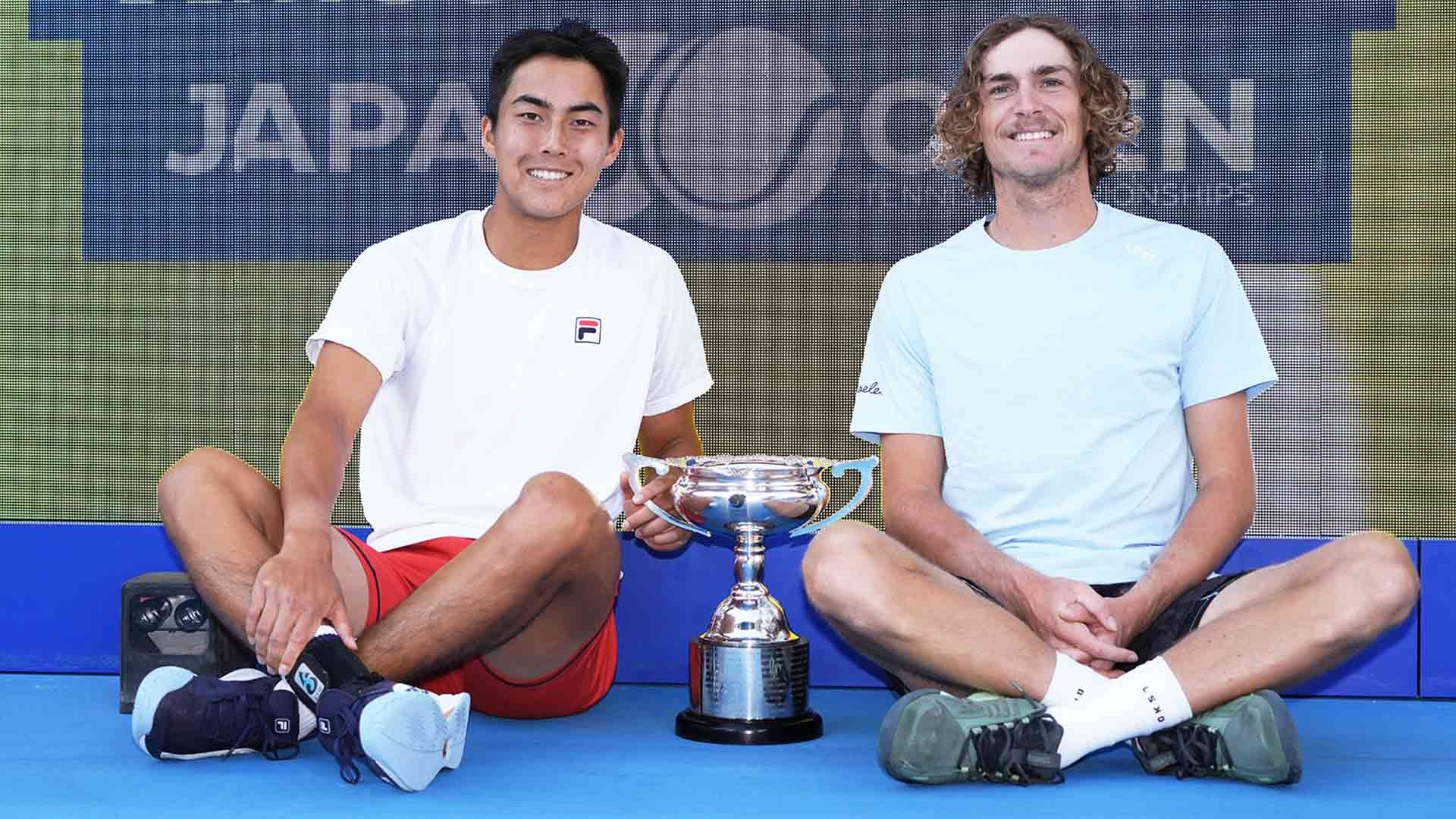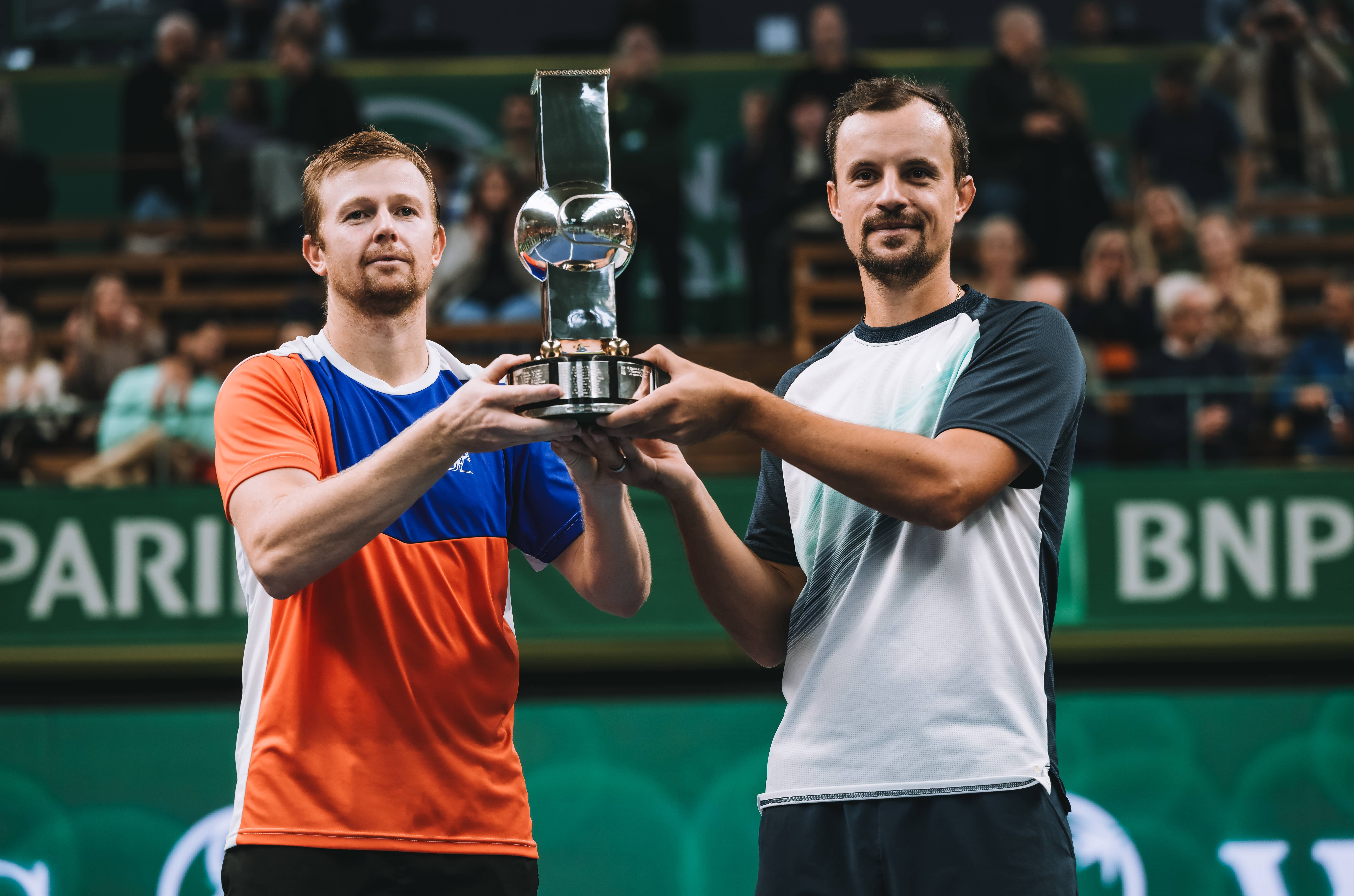2000
Only Björkman could disturb Johansson
The first year of the century belonged to Thomas Johansson. At least in the Stockholm Open.
The then 25-year-old from Östergötland, at that time on a strong rise in world tennis, began by crushing defending champion Thomas Enqvist (6–2, 6–2) already in the first round and then lost sets only to one player, namely Jonas Björkman.
Their quarterfinal duel became something extra, a moral final in hindsight. Björkman won the first set 7–6 (8–6 in the tiebreak), Johansson won the second set 7–6 (9–7 in the tiebreak), and they were neck and neck in the deciding set. In the end, Johansson won 7–5.
One of the new players in the tournament was a 19-year-old Swiss. He might have been a bit dazzled by the opportunity to play in the same tournament as stars like Thomas Enqvist, Thomas Johansson, and Jonas Björkman, but he fought on and showed promising talent. He advanced to the second round but was defeated by the Swede Andreas Vinciguerra, so he packed up and went home to continue working on his basics.
He did quite well.
His name is Roger Federer.
2001
Finnish sisu all the way to the final
It's not often in Stockholm Open's history that players from any of our Nordic neighboring countries have gone quite far in the tournament. But in 2001, it happened – the 20-year-old Finn Jarkko Nieminen came, saw, and almost conquered.
He was probably virtually unknown to the broader audience, but competitors and tennis people at large knew, of course, that he had won the junior title at the U.S. Open two years earlier and that he was on his way to becoming Finland's best player of all time.
Still, it was considered sensational when he knocked out defending champion Thomas Johansson and reached the semifinals.
There, he met Thomas Enqvist, but surely that would be the end? A Finnish player surely couldn't knock out two seeded Swedish players?
Yes, he could. Nieminen played magnificently and won in straight sets.
In the final against the Dutchman Sjeng Schalken, he fought hard but eventually lost in a dramatic five-setter. It's worth noting that Nieminen qualified for the tournament and thus became the first qualifier to reach the final.
In addition, we note from the 2001 tournament that an exciting Swede made his debut. His name is Robin Söderling, but he was a bit pale when he faced Thomas Enqvist on the other side of the net and lost in two straight sets.
2002
Many new nations in the field
Players from eleven nations came to the first Stockholm Open in 1969, and the organizers had really made an effort to attract as many nationalities as possible to give the tournament international prestige.
In 2002, 16 nations were represented – without the organizers making any effort to achieve great diversity. Tennis had truly grown during the 33 years that had passed. Just like the Stockholm Open.
One of the many exotic players was Paradorn Srichaphan, a 23-year-old Thai who had broken through earlier in the year and won the Long Island ATP tournament. He was seeded seventh in Stockholm, so it wasn't really a surprise that he triumphed. Especially after higher-seeded players like Lleyton Hewitt, Sjeng Schalken, and Thomas Johansson were eliminated early.
But that he would reach the final against Marcelo Rios and win it quite handily was still a bit unexpected.
By the way, Rios came from Chile, further underscoring the internationalization.
2003
The Swedes make a comeback
Paradorn Srichaphan returned to Stockholm as the defending champion and top seed – but was knocked out right away by the rather unheralded Dutchman John van Lottum.
Instead, one can talk about a Swedish revenge. In 2002, only one Swede reached the quarterfinals, now there were four. Jonas Björkman, Joachim Johansson, Thomas Enqvist – and 18-year-old Robin Söderling, who received a wild card and reached the final against American hardcourt specialist Mardy Fish. Robin came close to a major breakthrough, but instead, it was Fish who won his first ATP title.
The final was a test of strength for both the players and the spectators. Fish won the first set 7–5, Söderling took the second 6–3. In the deciding set, they were tied at 6–6, but in the tiebreak, the American had the stronger nerves and won it 7–4.
Furthermore, the trend of more nationalities continued. In the 2003 tournament, 18 countries were represented in the Stockholm Open.
2004
Everyone was talking about Agassi
That Agassi guy. He had participated in the Stockholm Open twice before. In 1990, when he was knocked out by Nicklas Kulti in the quarterfinals, and in 1994, when he also reached the quarterfinals but lost to Goran Ivanišević.
No one believed he would return, but after almost ten years, he signed up again. At the age of 34.
This time, Andre Agassi made it all the way to the final after defeating, among others, Jonas Björkman. But the prize check went to Thomas Johansson, who had battled his way to the final and fought for the victory. 7–4 in the tiebreak of the deciding set.
But it was Agassi's comeback that everyone was talking about. And also about the tournament's sensation, the almost unknown 20-year-old Michael Ryderstedt, who, with a bit of luck and skill, reached the semifinal. There, he could only manage five games against Thomas Johansson, who for once could win fairly comfortably.
2005
Enqvist's final Stockholm Open
No one knew it at the time, but when Thomas Enqvist lost to German Rainer Schüttler in the first round, it was his last match in the Stockholm Open.
He had participated in every tournament since 1991 – except for 2002 when he had to withdraw due to injury after the first match. But he was there.
Fifteen seasons, 36 matches. Most of them victories.
He claimed the first prize three times. Only two players have surpassed that, namely John McEnroe and Boris Becker.
Yes, Thomas Enqvist is a true Stockholm Open icon, and he would probably have participated in 2006 as well if his body hadn't definitively said no. He had been plagued by injuries in recent years and in April 2006, he had to decide to retire.
In the 2005 tournament, Paradorn Srichaphan hoped to repeat his victory from 2002, but his final opponent James Blake bombarded him with his serves and forehands. Blake won quite easily, 6–1, 7–6.
2006
Finn before all Swedes
In this year's first match at the Stockholm Open, a 20-year-old Spaniard named Rafael Nadal made his debut. He showed promise but didn't seem entirely comfortable with the fast surface.
He still managed to win against the Dutchman Sluiter but was defeated in the second round by the four years older Joachim Johansson.
Who, of course, had no idea that he had just knocked out a guy who would become one of tennis's greatest of all time.
Pim-Pim, as Joachim Johansson is called, advanced to the semifinals but lost to the Finn Jarkko Nieminen. Since Robin Söderling also lost the other semifinal to the American James Blake, the best Swede – well, all Swedes, of course – for the first time in Stockholm Open's history had another Nordic player ahead of them in the results list.
However, the good Nieminen had no chance against Blake, who won 6–4, 6–2.
The final was much more uneven than the semifinals, two true marathons. Nieminen's winning numbers against Pim-Pim were 7–6, 6–7, 6–3, while Blake's against Söderling were 7–5, 7–6.
2007
Johansson Served Apart in the Final
Thomas Johansson won the Stockholm Open in 2000. Thomas Johansson won the Stockholm Open in 2004. Thomas Johansson didn't win the Stockholm Open in 2007, but it was close.
He knocked out a young Juan Martín del Potro, he defeated Michaël Llodra, Mario Ančić, and defending champion James Blake, and thus made it to the final.
Against Ivo Karlović. The giant Croatian Ivo Karlović, 211 centimeters tall and possessing the sharpest serve in the tennis world. He was also in the form of his life.
Thomas put up a good fight in the final and equalized to 1–1 in sets after losing the first one. But Karlović was the better player this time and won the deciding set 6–1.
Apart from Johansson's performance, the Swedish effort was a bit worrying. No one else reached the quarterfinals, even though Pim-Pim Johansson withdrew due to injury and could have made it to at least the semifinals.
Nevertheless, the Swedish effort might be seen as a small hint that our men's tennis was entering a bit of a slump.
2008
Only Nalbandian Could Challenge Robin
Söderling displayed class throughout the tournament and reached the final without losing a single set.
In the final, he faced the Argentine baseliner David Nalbandian, whom he held in high regard. Robin had lost to him in a Davis Cup match a couple of years earlier – and he suffered defeat again now. 6–2, 5–7, 6–3 to the Argentine.
After his tennis career, Nalbandian didn't become a coach or pursue anything within the sport – he became... a rally driver.
2009
End of Swedish Delights
Something was missing at the Royal Tennis Hall this autumn, but what was it?
Swedish delights at the Stockholm Open.
Jonas Björkman had retired after 16 years in the tournament.
Thomas Johansson had also retired. 13 years there.
Joachim Johansson was eliminated in the quarterfinals.
Robin Söderling reached the semifinals but was plagued by an elbow injury and had to withdraw.
But the audience at the Royal Tennis Hall always finds something to be happy about. The Belgian Olivier Rochus had been there every year except one since 2002, so he was somehow part of the family. Almost felt Swedish and received crowd support that actually carried him all the way to the final.
But cheers didn't help in the final. The 24-year-old Cypriot Marcos Baghdatis, playing his first tournament in Stockholm, capitalized on his somewhat opportunistic but smooth tennis and won 6–1, 7–5.



